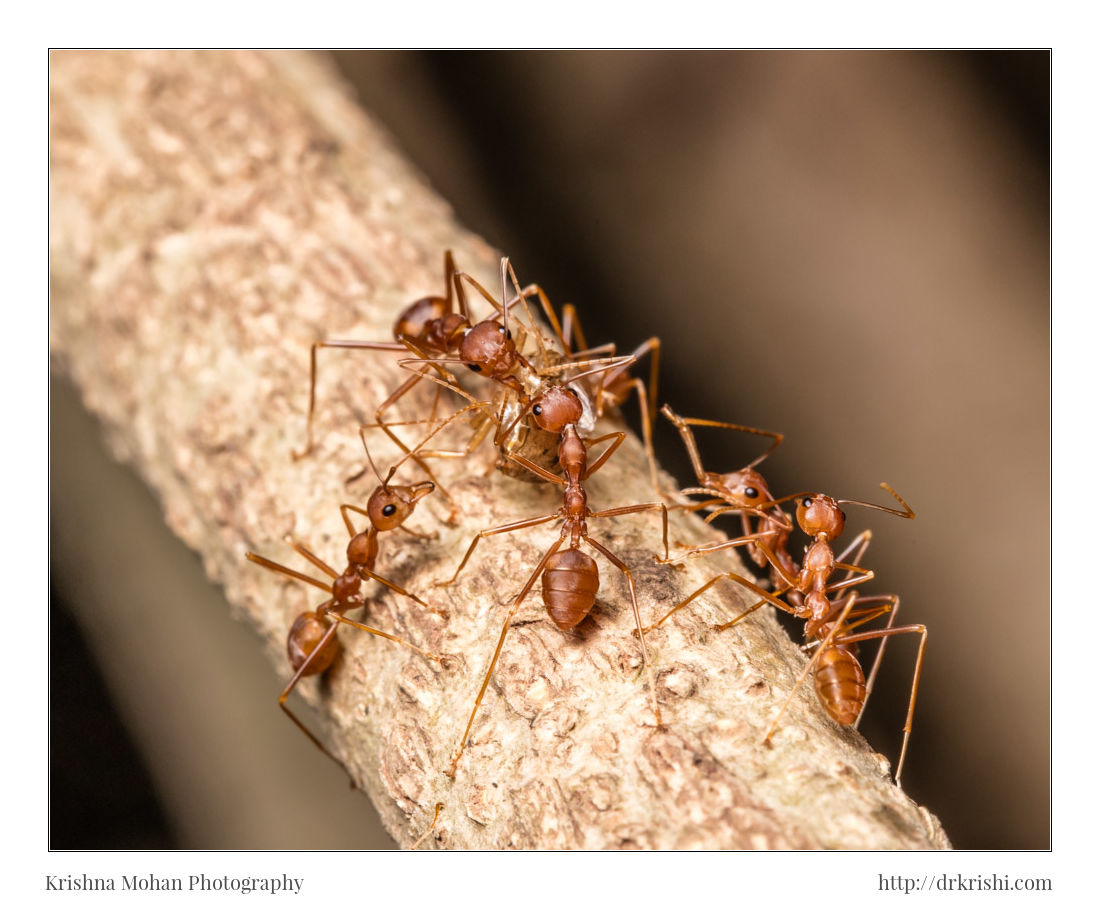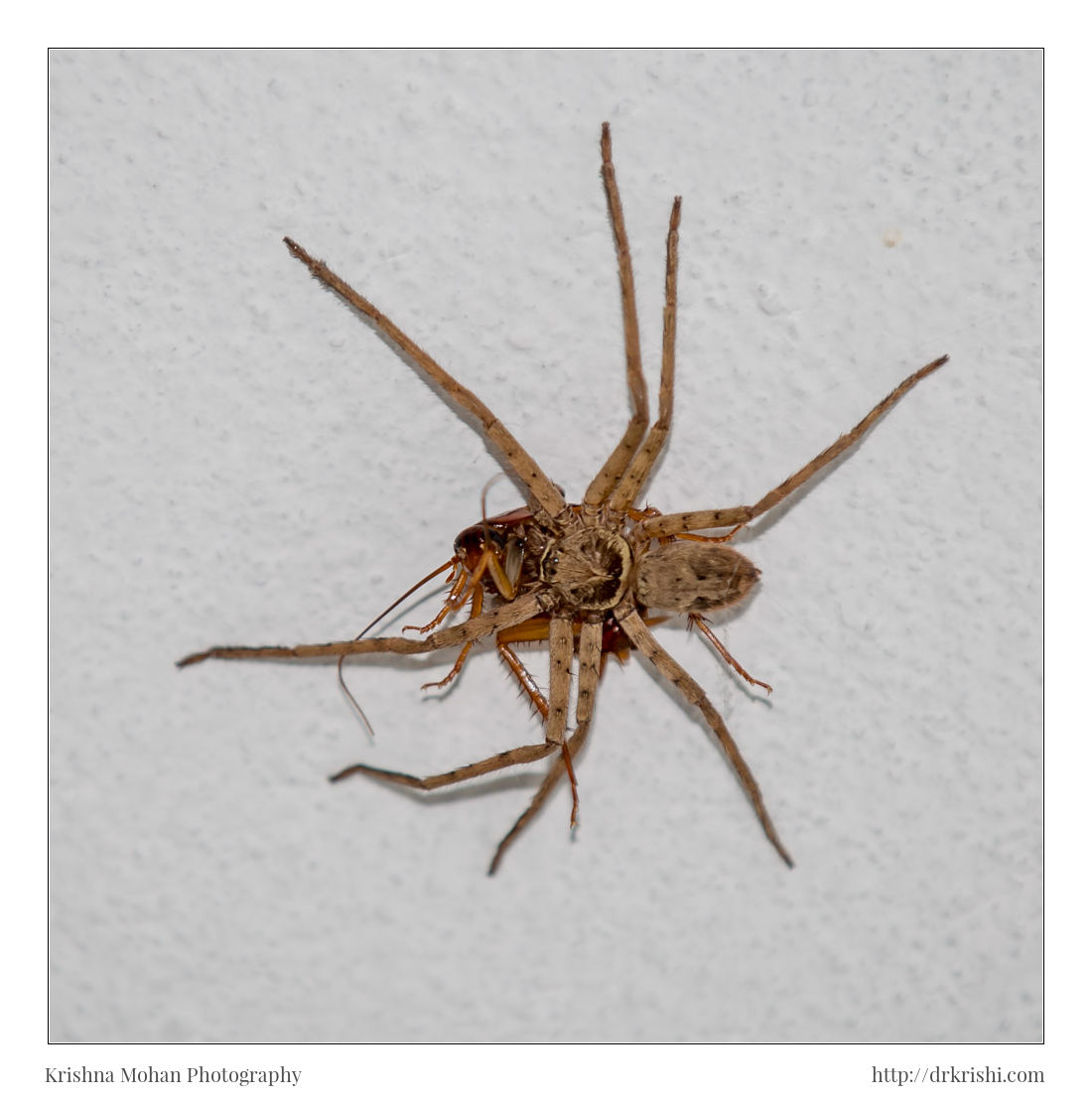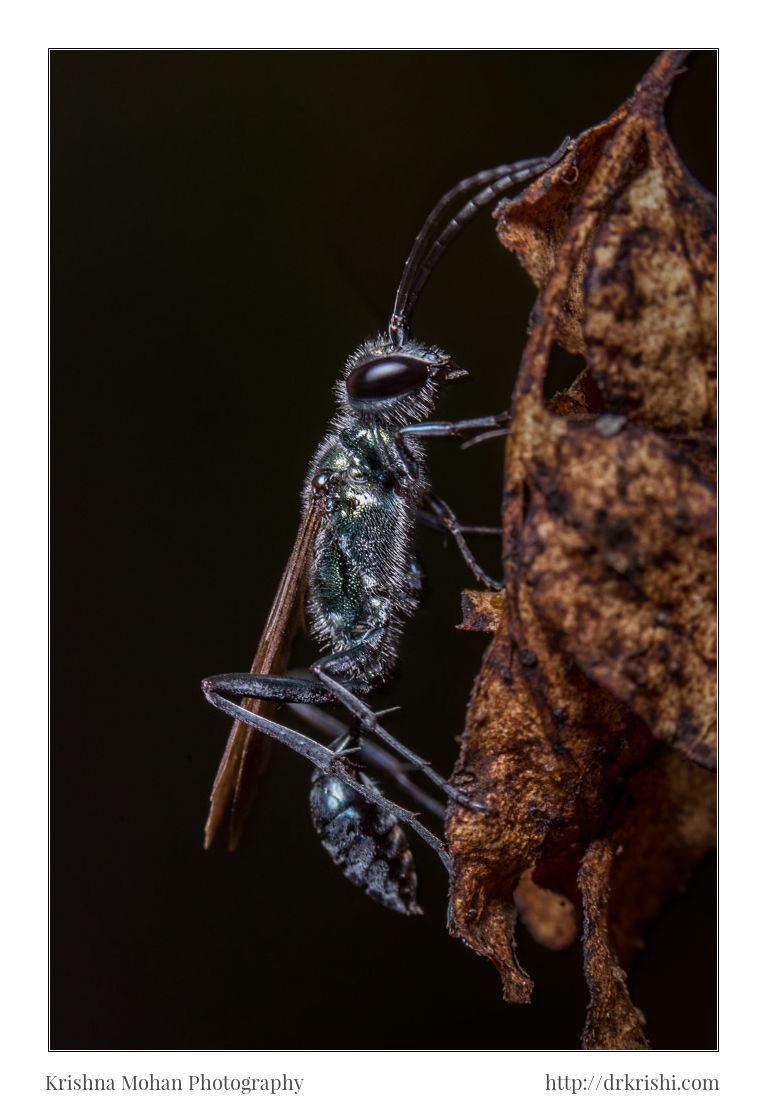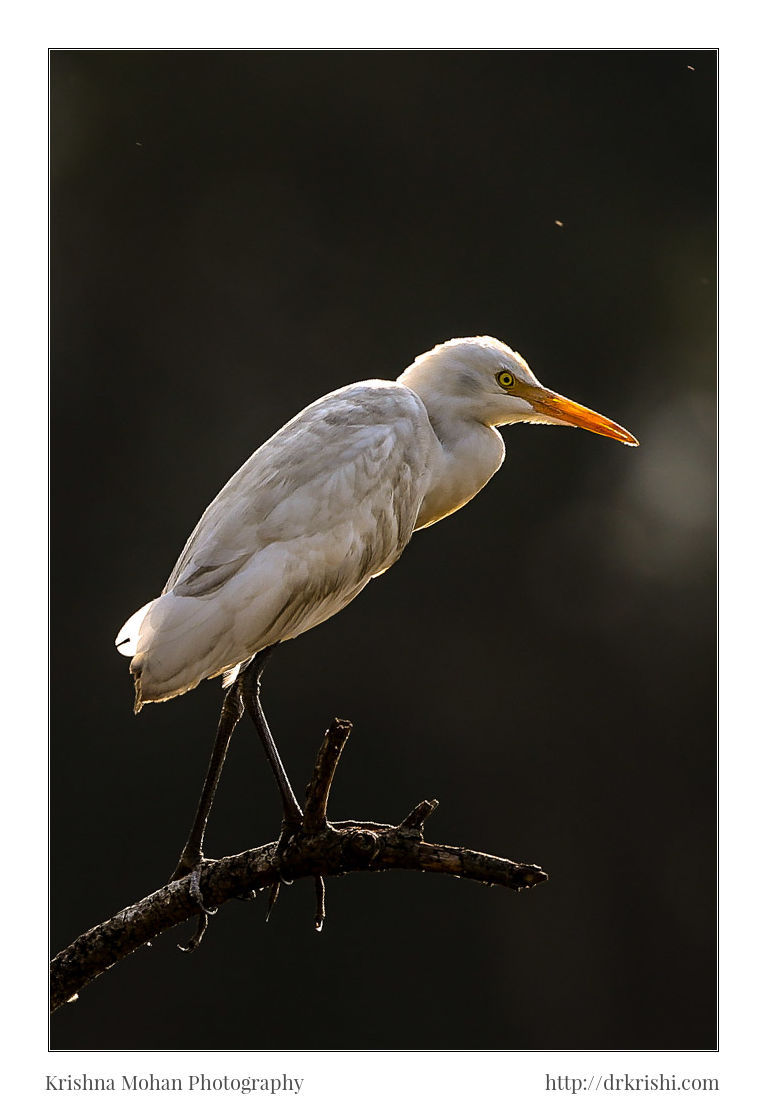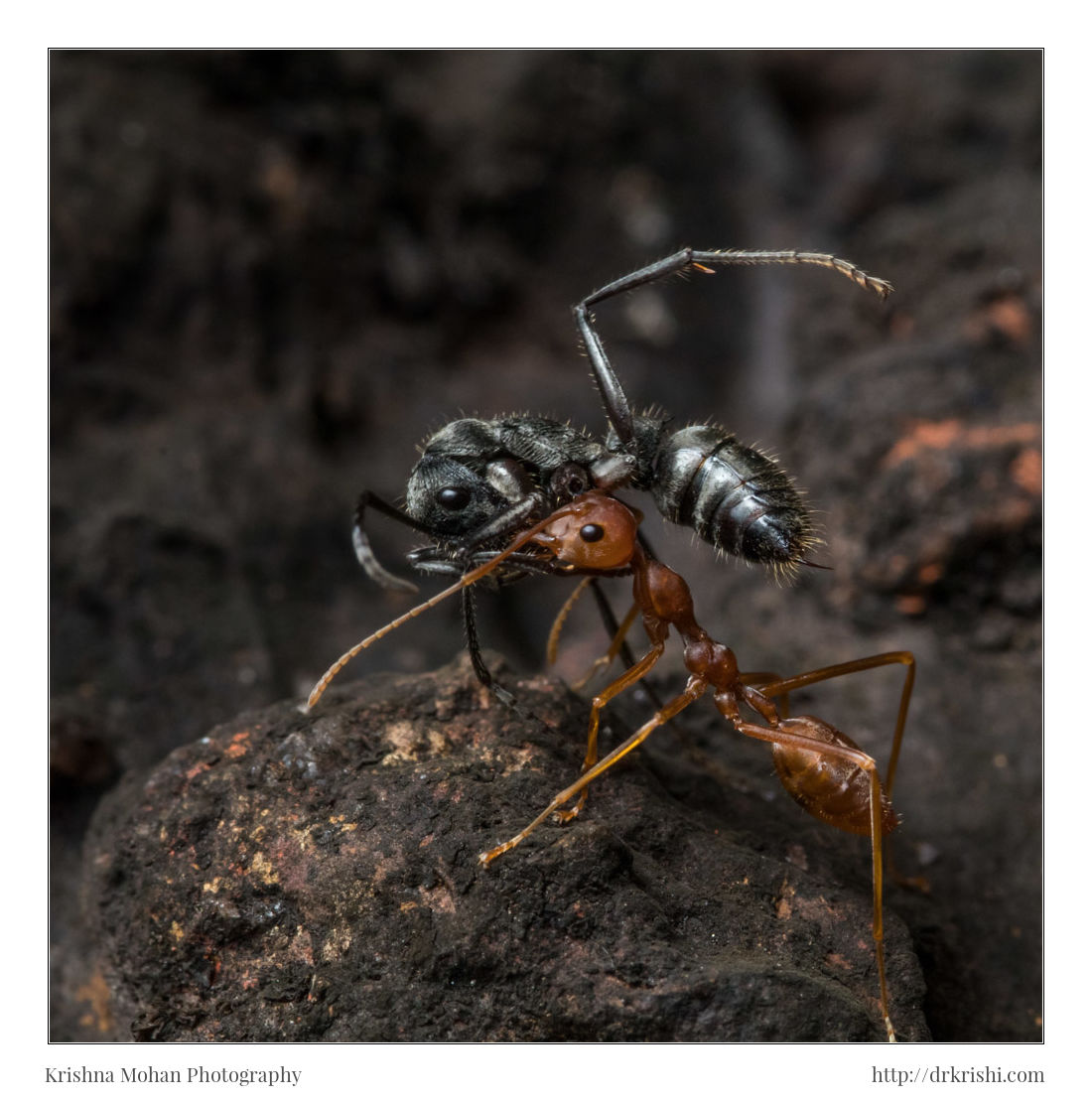Weaver Ants with Prey
I found these major workers of Weaver ants (Oecophylla smaragdina) hunting a nymph of a cockroach. As these nymphs grow they are compelled to moult their cuticle, a process known as Ecdysis. After moulting, an arthropod is described as teneral, a callow; it is fresh, pale and soft-bodied. They are pretty vulnerable to attack by … Read more

